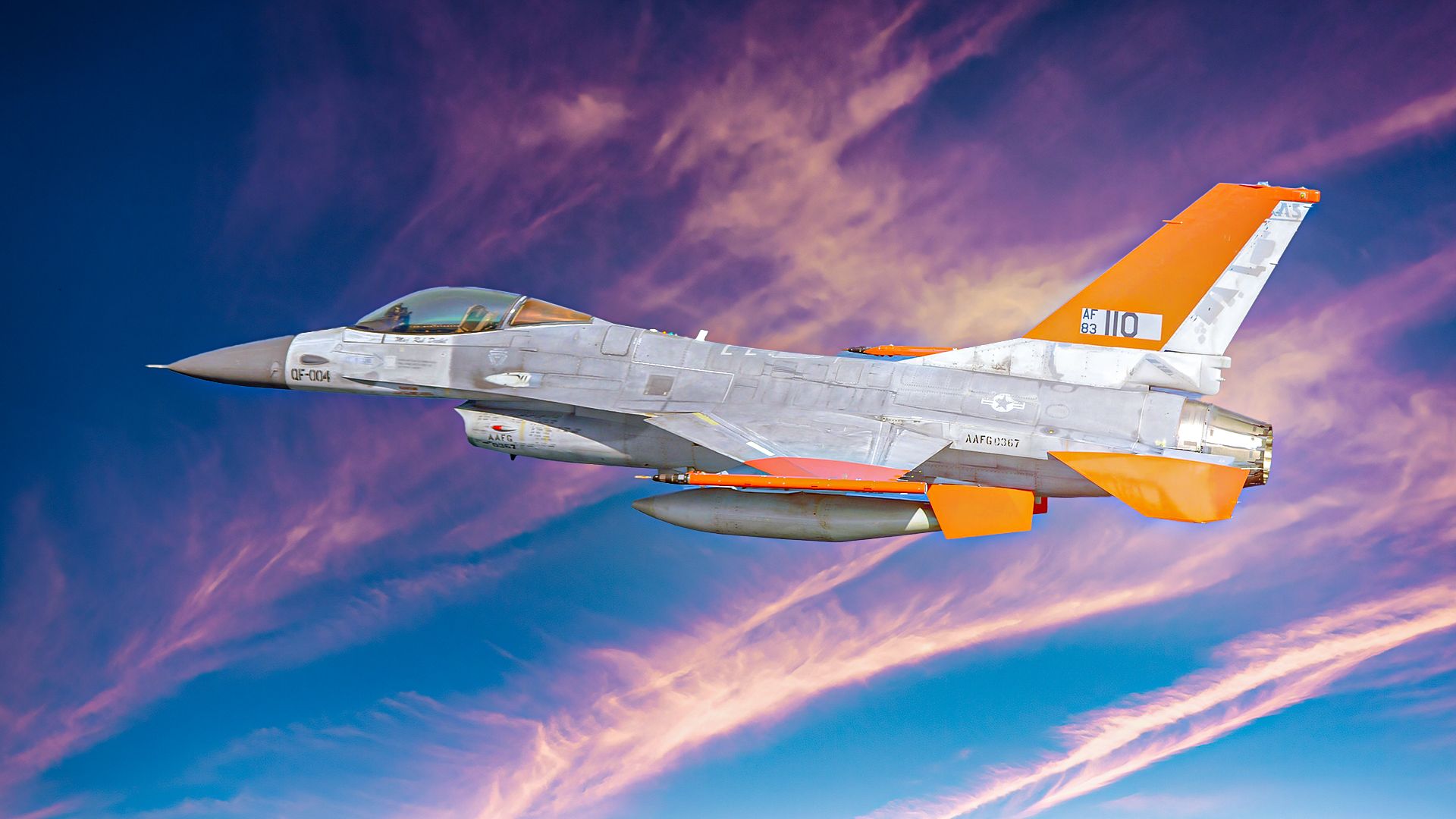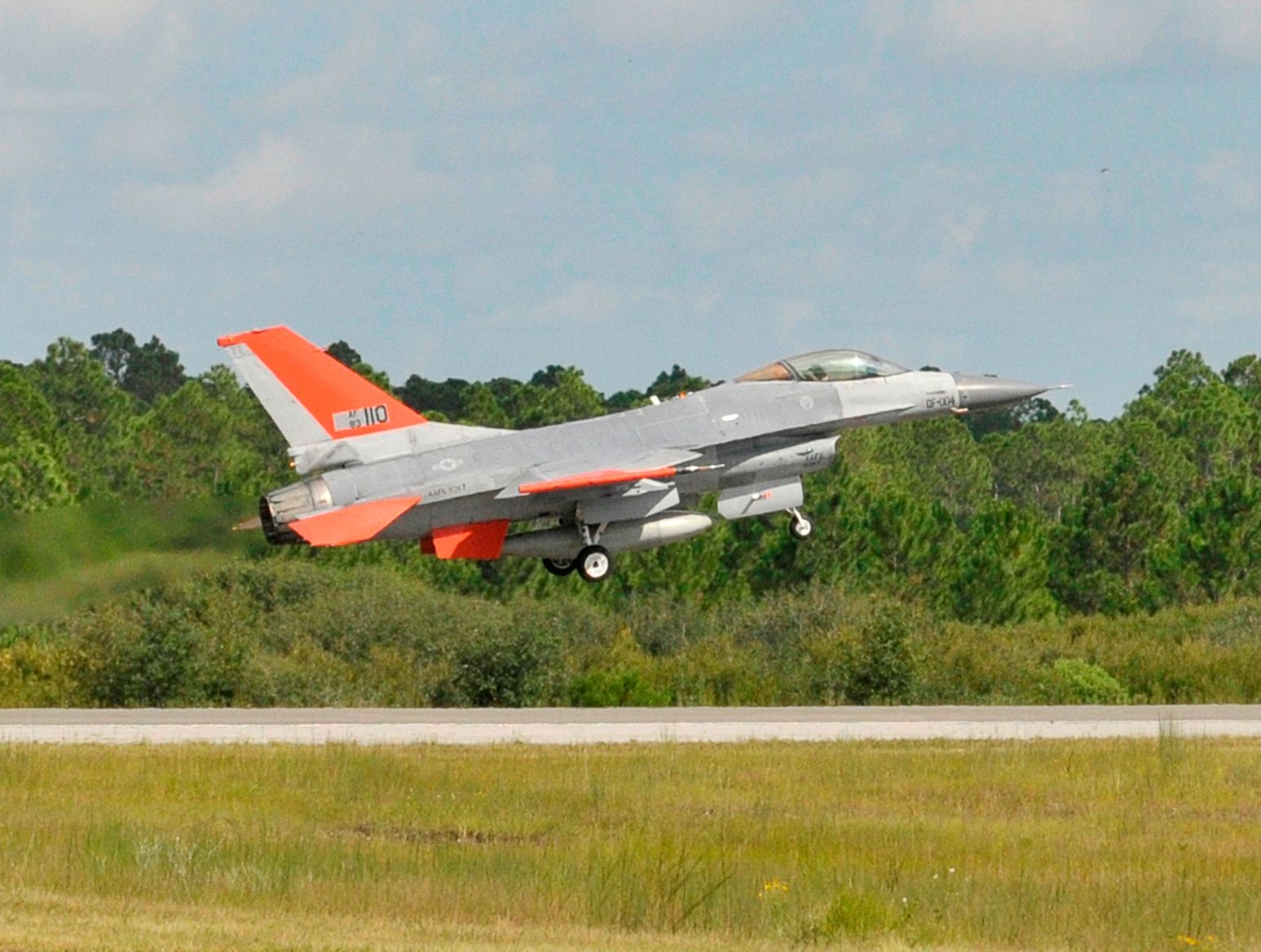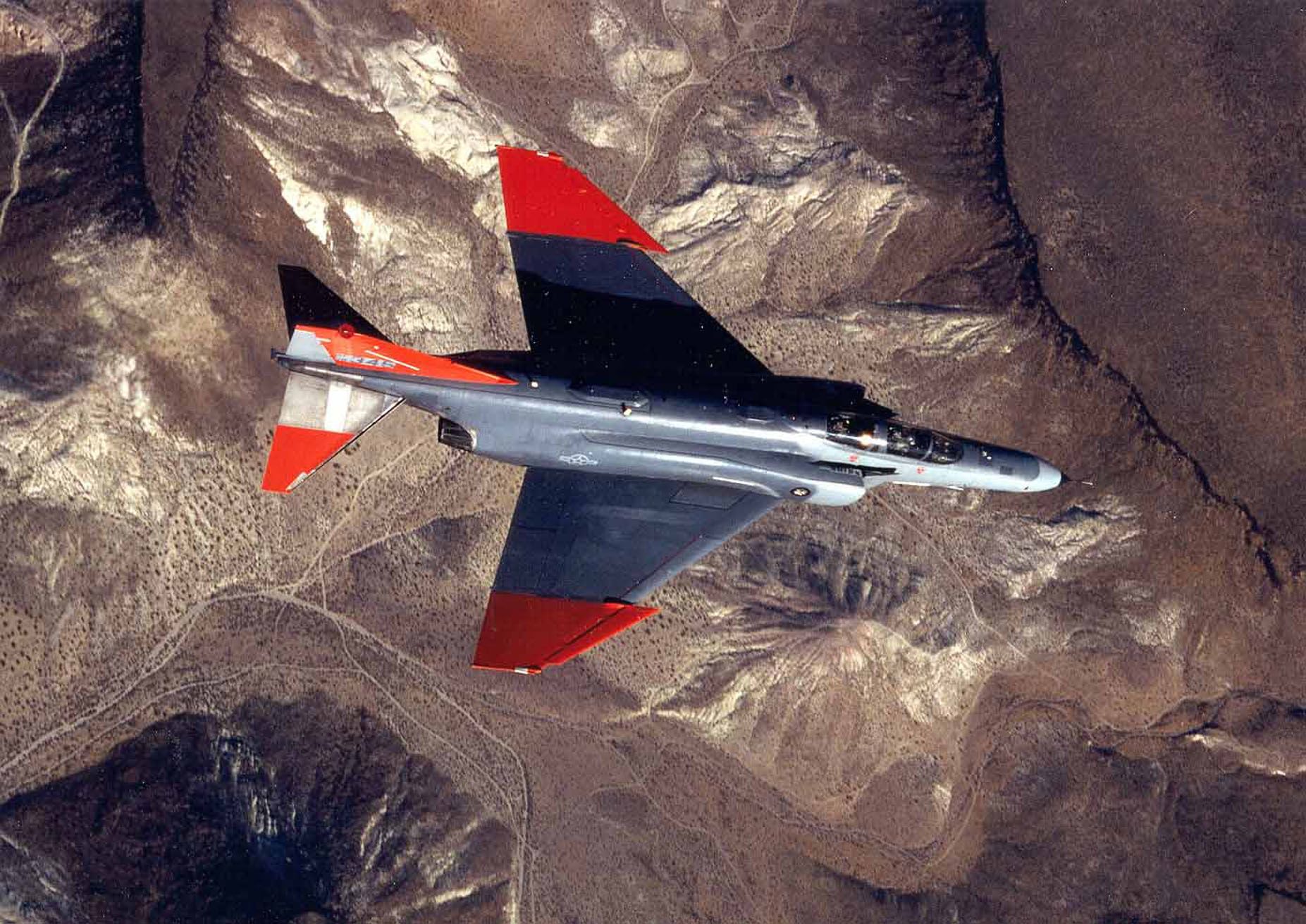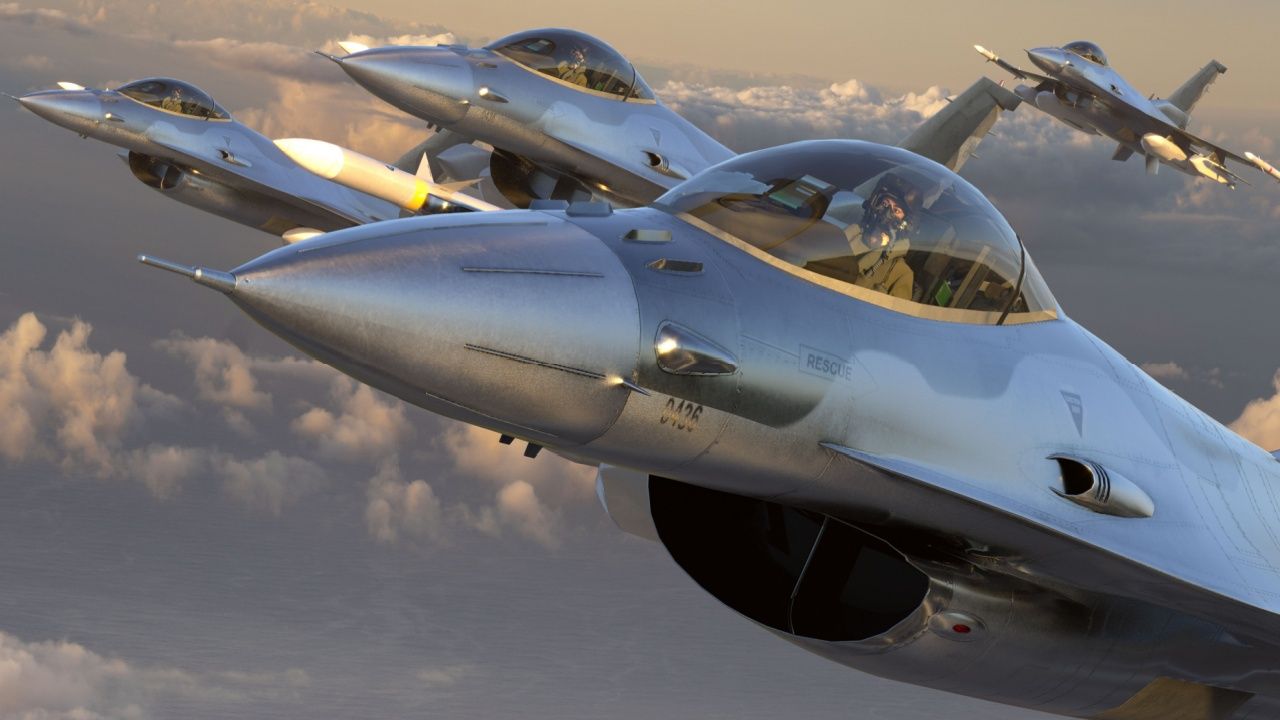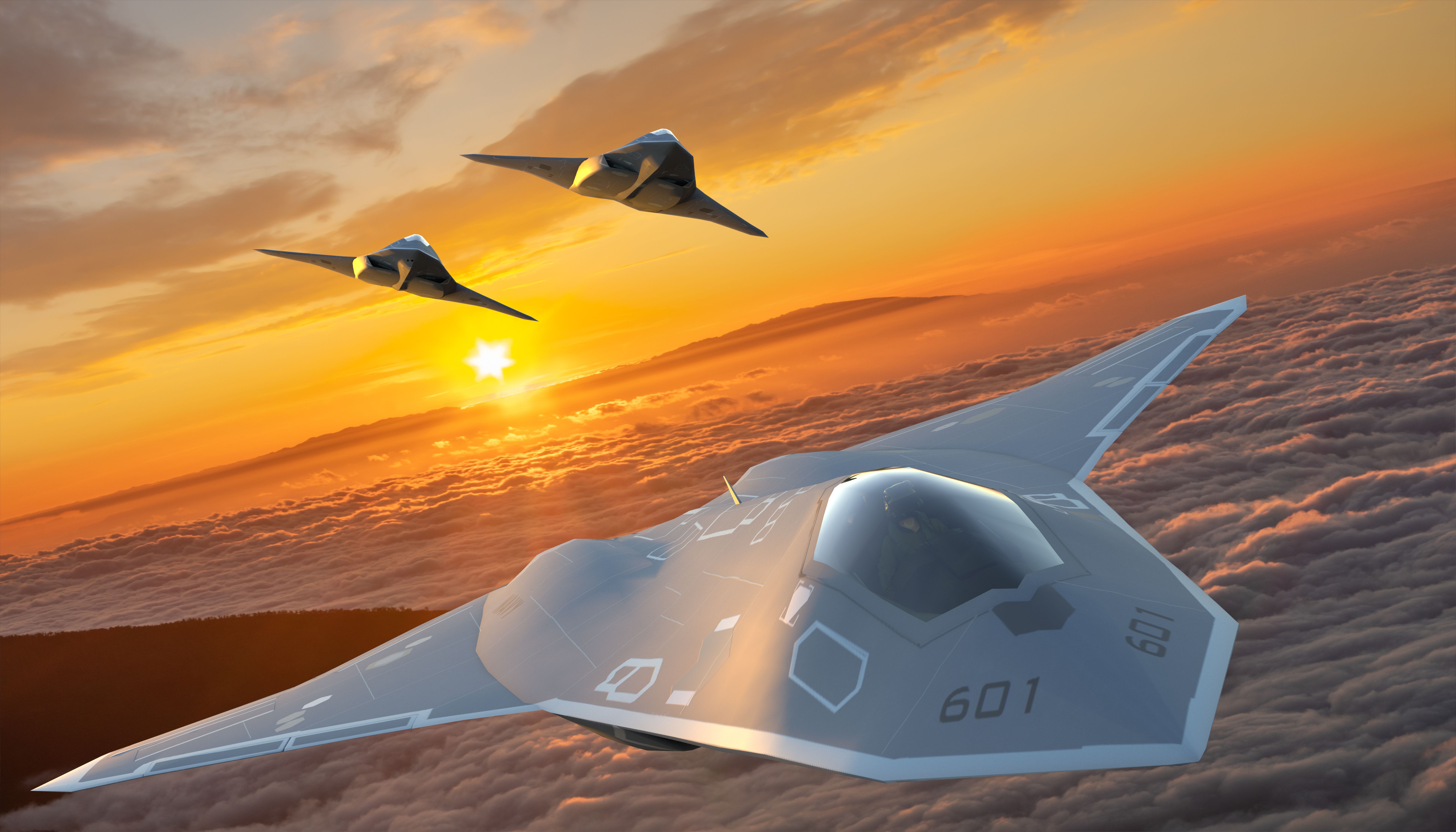Summary
- US Air Force converts retired F-16s into target drones for test missions and pilot training.
- QF-16 drone program enables testing of new weapons and countermeasures for airborne threats.
- F-16s are being repurposed as drone wingmen for the Air Force’s next-generation NGAD fighter project.
The F-16 Fighting Falcon has a stunning record in aerial combat (with one confirmed air-to-air loss). But it turns out many more F-16s have been shot out of the sky, and it’s the United States that’s been doing the shooting. One of a number of fates that can await retired military aircraft (and one fate for many F-16s) is for the US Air Force to blow them out of the sky as part of the QF Aerial Target drone program (or the new VENOM project). These zombie Vipers are used for many test missions and pilot training. They can be excellent test beds for developing next-generation technology.
A long history of target drones
The earliest target drones were first developed in WWI. Early drones (like the DH82B Queen Bee) were built as gunnery target practice (after all, practice makes perfect). One didn’t want to wait for the enemy to launch an air raid so that the gunnery crews could get their gunnery practice for the first time.
Photo: US Air Force
The Air Force has converted old, retired jets into targets for decades. The practice of using fighter jets as targets started in the 1960s when the Air Force started using Lockheed F-104 Starfighter jets as target drones. Other fighter jets used as drones include F-100s, F-102s, F-106, and F-4s (these were converted to drones designated QF-86H Sabre, QF-100 Super Sabre, QF-106 Delta Dart, and QF-4 Phantom II).
Fighter jets converted to Aerial Targets:
- F-86H Sabre
- F-100 Super Sabre
- F-104 Starfighter
- F-106 Delta Dart
- F-4 Phantom II
For the last while, F-4 Phantoms have been most commonly used as target drones, but as they disappear and more F-16s are retired, F-16s have become the main target drone. In 2021, around 210 F-16s were sitting in boneyards and could be converted to QF-16 drones (that’s more F-16 drones than most air forces have fighter jets). The Air Force stated the DoD was replacing the QF-4 Phantom “due to its increasing dissimilarity from current and projected air-superiority threats, declining supportability, and depletion of suitable F-4 airframes.”
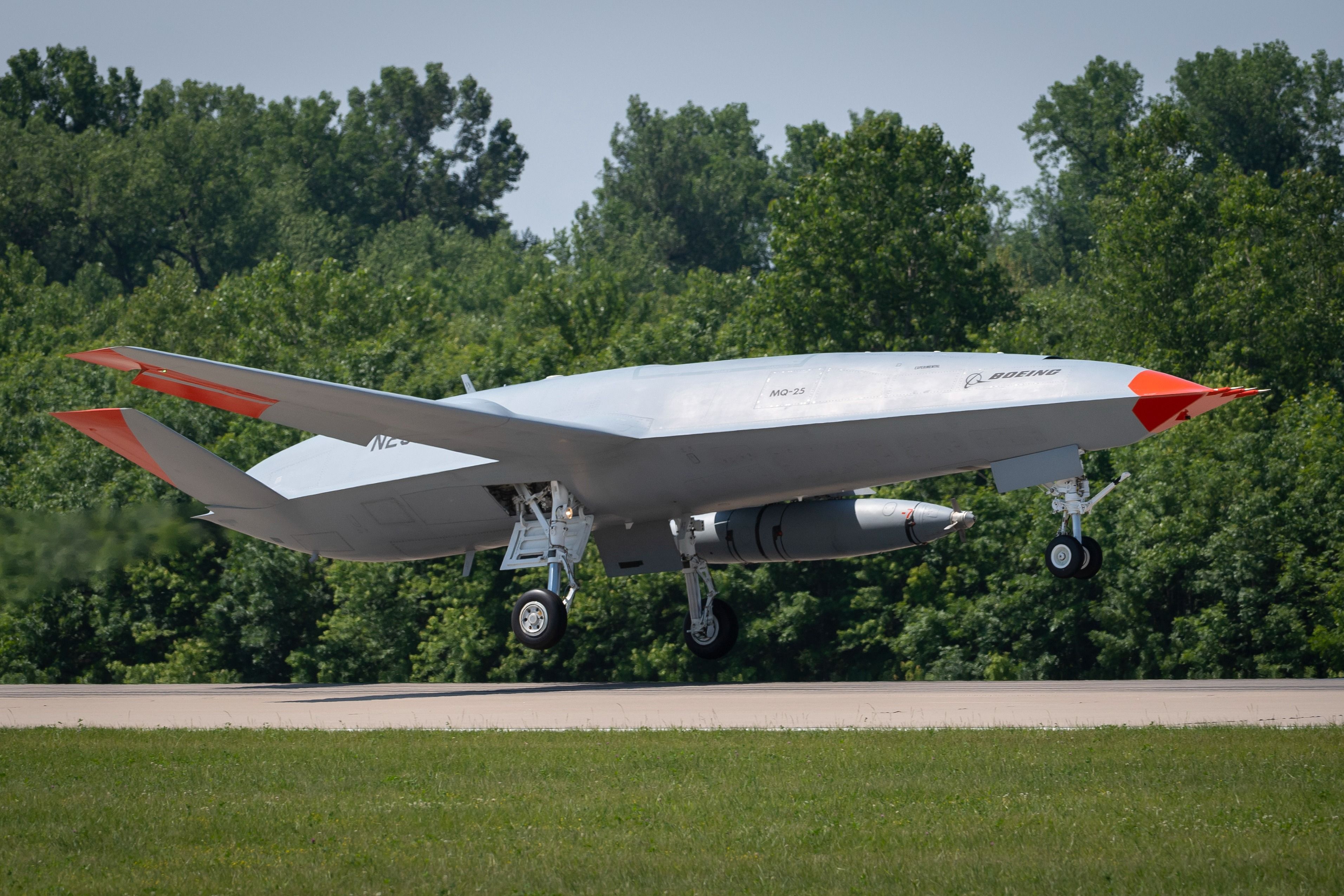
Related
Fighter Jets Vs Drones: Will UAVs Take The Lead In Combat?
UAVs complement the capabilities of traditional fighter jets.
Zombie Vipers
In 2021, Military Aerospace reported that Boeing was to covert US Air Force F-16 Block 25 and Block 30 fighters into sophisticated manned and unmanned target drones. The contract then covered around 15 F-16s to be converted into QF-16 full-scale aerial targets (or FSATs). Some of these F-16s have been dragged out of the famous boneyard in Arizona for one last hurray. More zombie Vipers have been converted each year.
Photo: US Air Force
“The QF-16 is the latest FSAT designed to test and evaluate U.S. weapon systems and assist in developing tactics, techniques, and procedures to counter fighter-size airborne threats.” – US Air Force
It would be unsustainable to destroy a target drone every time, so most of the time, the aircraft are not destroyed. Instead, they have onboard sensors to calculate the point of missile detonation and record a “kill.”
|
QF-16 Aerial Target |
|
|---|---|
|
Blocks: |
Block 15/25/30 |
|
First conversions: |
2010-14 |
|
Lifespan: |
Approx. 300 flight hours |
|
Piloting: |
Optional manned or unmanned |
|
Number converted: |
hundreds |
Converting F-16s into target drones enables the Air Force to test sophisticated missiles and electronic warfare systems. They have been used to help in development tests for the latest variants of the AIM-120D AMRAAM and the new AIM-260 JATM missiles.
During the conversion, many of the F-16’s parts are removed (such as its 20-mm cannon and APG-66-/68 radar). Boeing also installed a flight termination system to destroy the Falcon drone if it gets out of control (a sci-fi “self-destruct sequence” of sorts). Boeing also installs the systems needed to fly the aircraft remotely (called the Drone-Peculiar Equipment). According to Airforce Technology, each FSAT offers a lifespan of around 300 flight hours.
Photo: Mike Mareen l Shutterstock
The 53rd Weapons Evaluation Group (WEG) is one of the units operating the zombie Vipers. Here, pilots put their skills to the test and, on specific occasions, fire live missile shots at these realistic targets.
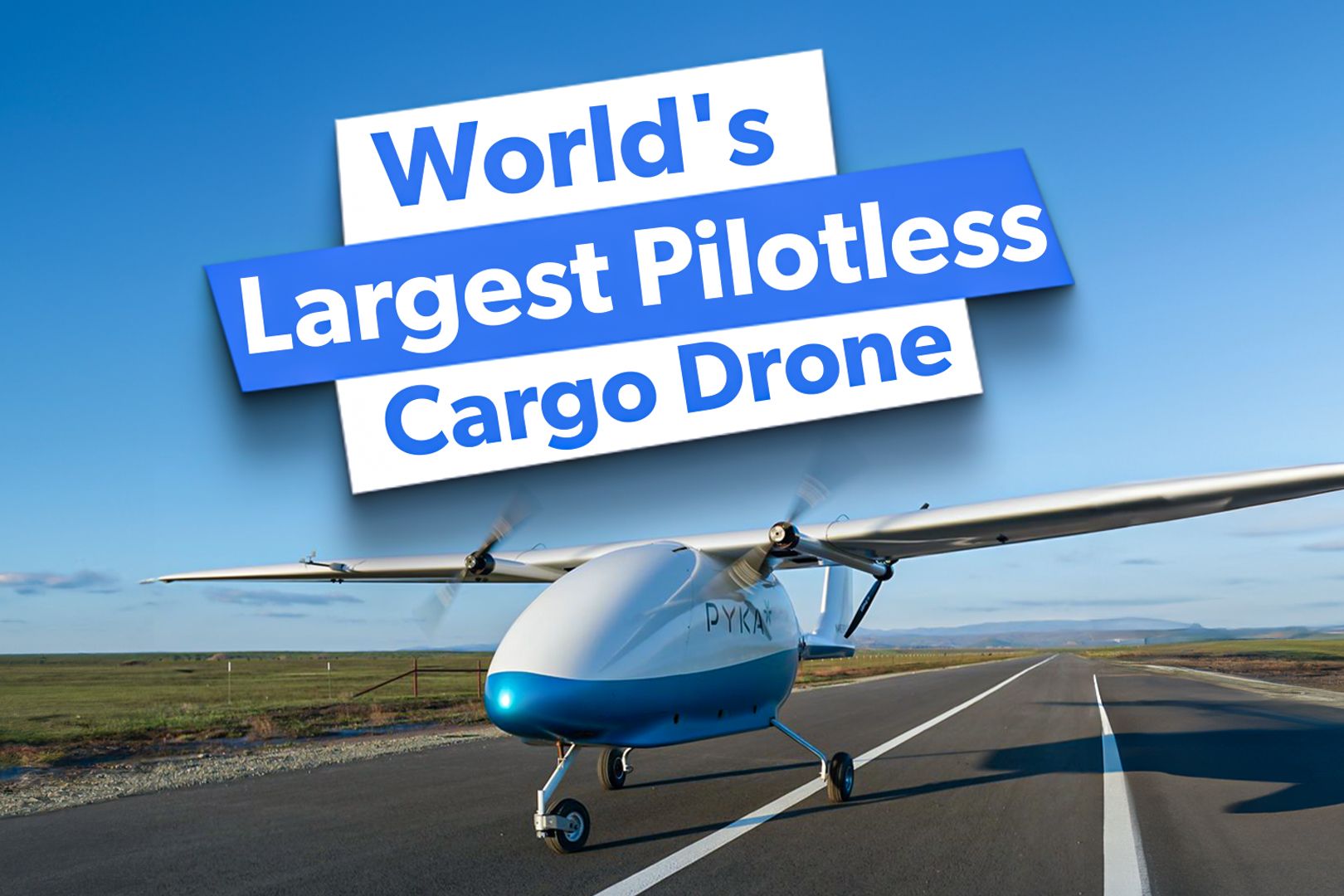
Related
This Is The World’s Largest Pilotless Cargo Drone Soon To Be Used By US DOD
Unmanned Air Systems (UAS) have come a long way and are now used for many jobs that require a human-crewed aircraft.
Venom: loyal next-gen wingmen
It seems the F-16 zombies can fulfill more roles than just being a target. Perhaps the largest project currently underway with the Air Force is the development of the sixth-generation NGAD fighter. Technically, “NGAD” applies not only to the manned fighter but also to the network of drone wingmen – called collaborative combat aircraft (CCA)). NGAD is planned as a super-advanced manned fighter commanding somewhat expendable drones.
Photo: Mike Mareen | Shutterstock
“The goal of the VENOM program is to enable the Air Force to rapidly iterate and expand the body of knowledge for potential autonomy and payload solutions.” – US Air Force
General Atomics and Anduril have recently been given the green light to move to the next step in developing the drone. Meanwhile, the Air Force is converting a small fleet of F-16s into drones. The 2024 budget included around $50 million to start a program called Project Venom (Viper Experimentation and Next-gen Operations Model) to help develop autonomous software loaded on the F-16s. The plan is that these F-16s will enable the Air Force to evaluate autonomous capabilities rapidly. The Air Force reported in April 2024 that the first three F-16s had arrived for the program.

